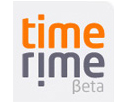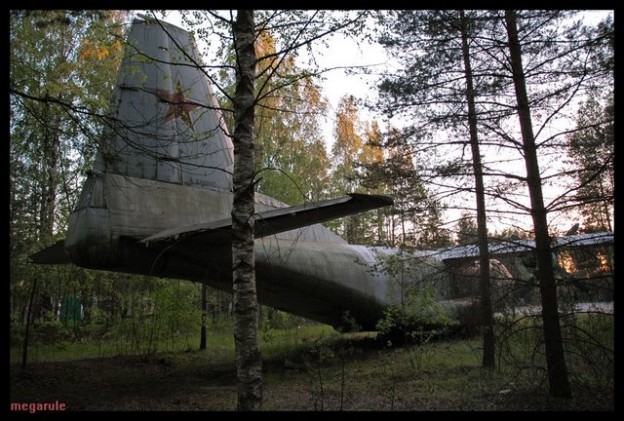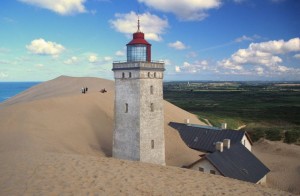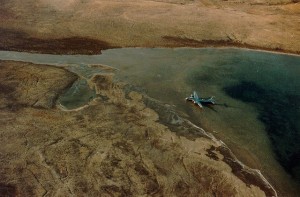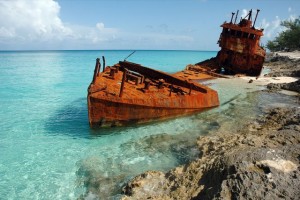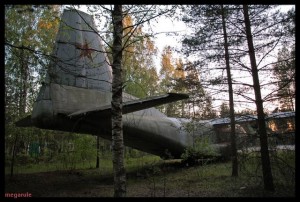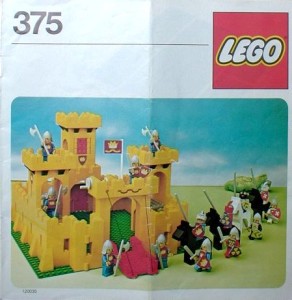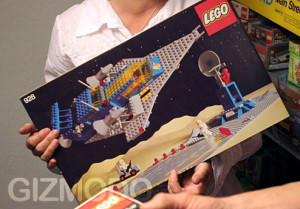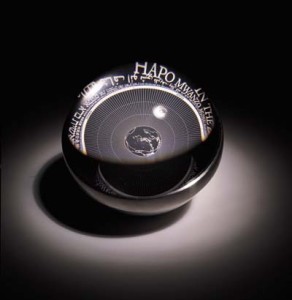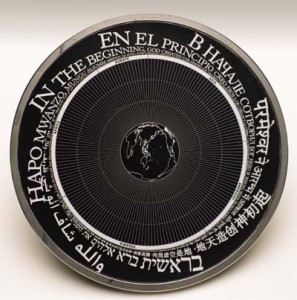What I have for you this week are just a few websites that give us access to the past, an historical artifact that uncovers a mystery, and some new ways to do timelines.

A great resource, hopefully, for scholars. From their website….
“The World Digital Library (WDL) makes available on the Internet, free of charge and in multilingual format, significant primary materials from countries and cultures around the world.
The principal objectives of the WDL are to:
- Promote international and intercultural understanding;
- Expand the volume and variety of cultural content on the Internet;
- Provide resources for educators, scholars, and general audiences;
- Build capacity in partner institutions to narrow the digital divide within and between countries.”

Related to the WDL, is the CDLI. From their website….
“The Cuneiform Digital Library Initiative (CDLI) represents the efforts of an international group of Assyriologists, museum curators and historians of science to make available through the internet the form and content of cuneiform tablets dating from the beginning of writing, ca. 3350 BC, until the end of the pre-Christian era. We estimate the number of these documents currently kept in public and private collections to exceed 500,000 exemplars, of which now nearly 225,000 have been catalogued in electronic form by the CDLI.”

And here’s a short read on an interesting historical topic. It seems the history of the longitude will need a small rewrite. What’s most amazing, though, is the skill and craftsmanship of the compass at the heart of this historical debate. Created over 270 years ago, the original parts show no sign of wear and tear, while replacement parts broke down after 80 years. A remarkable piece of history.
The controversy surrounding this clock comes from recent work to replace broken parts from the initial attempt at restoration. It was originally believed that John Harrison created this clock all by himself. He being originally a carpenter, some scholars are a bit skeptic that he could create the intricate brass work needed to create the piece. The most recent repairs have lead people to believe Harrison had help, and probably commissioned out certain pieces. Comprising over 2000 pieces, this sea clock is a marvel of itself, regardless of who made it.
Now it’s time for some timelines!
It was a shameless publicity post to slashdot, but the timelines got me thinking of other timelines, especially as I’m creating one of my own using MIT’s Exhibit builder, and have created one for a course. So, here are a few timeline tools mentioned in the article.


